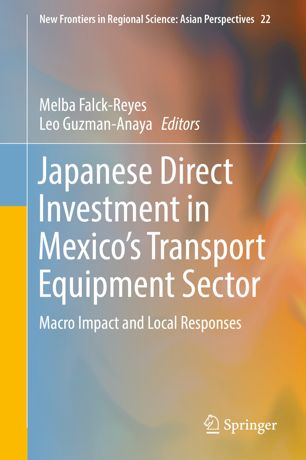

Most ebook files are in PDF format, so you can easily read them using various software such as Foxit Reader or directly on the Google Chrome browser.
Some ebook files are released by publishers in other formats such as .awz, .mobi, .epub, .fb2, etc. You may need to install specific software to read these formats on mobile/PC, such as Calibre.
Please read the tutorial at this link: https://ebookbell.com/faq
We offer FREE conversion to the popular formats you request; however, this may take some time. Therefore, right after payment, please email us, and we will try to provide the service as quickly as possible.
For some exceptional file formats or broken links (if any), please refrain from opening any disputes. Instead, email us first, and we will try to assist within a maximum of 6 hours.
EbookBell Team

4.3
98 reviewsThis book introduces an interdisciplinary approach to the study of Japanese foreign direct investment determinants, the close relations between foreign investment and trade flows in the host country, and the effects and responses by the local economy. It provides an accessible and comprehensive view of the overall macro impacts and local effects associated with the increasing flow of Japanese firms to Mexico’s automotive industry. The research and its outcomes presented here follow extensive fieldwork and use unique statistical datasets to integrate qualitative and quantitative approaches to the analysis. Carefully chosen case studies produce an integrated approach to the subject. As a result, the book fills a vacuum on this topic and provides readers with a clear understanding of the complex interactions among participating actors: Japanese multinationals and Japanese parts-and-components suppliers, Mexican local suppliers, government at the national and local levels, and cooperating Japanese agencies. By critically assessing current theories and empirical methodologies the monograph covers aspects related to the creation of regional production networks and their impact on trade patterns of the recipient country, location determinants of Japanese foreign investment, and spillover externalities in host entities. It presents the reader with a comprehensive view of the different levels of interaction between multinational firms, local recipient economies, and local suppliers and the challenges they face to engage in global chains of production. The book is highly recommended to academics and their students who seek to understand the complex international economic relations in the global economy. This compilation also serves as a valuable guide to policy makers, both at national and local levels, as it provides an informed analysis of how to engage local suppliers in regional and global production chains.